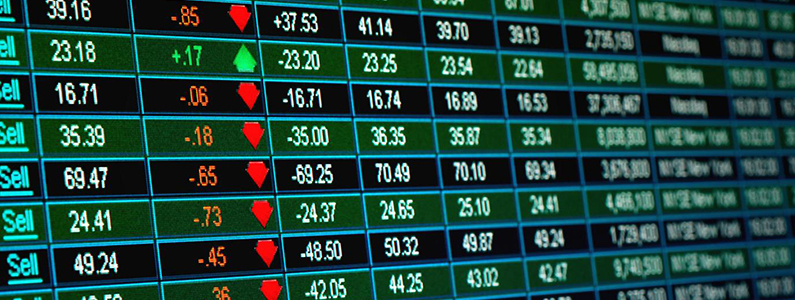Don’t play a game you don’t understand
Misunderstandings can be expensive.
In the sixth episode of the Rich As A King podcasts, I talked about the importance of only playing a game you understand. (To listen, click here.) Just like in chess, where it is important to understand the logic and reasoning behind your moves, it’s important to understand your finances as well.
The investment world has a language of its own so make sure you understand the acronyms of some of the major international indices. That way, you won’t make the wrong investment due to a misunderstanding.
What is a stock index?
Basically, a stock index is a list of stocks. Some indices might include, for example, the 100 biggest companies in the market; others might include all the companies that trade on the exchange in a certain country. A stock index is a tool used to describe the market (or a specific part of a market), and is often used as a benchmark to compare the return on specific investments. Since it is too difficult to track every single stock, looking at an index can help you get a big picture view of that overall market.
You cannot invest in an index per se (like you do a mutual fund), but an index gives you the tools to track how the market is doing. On the other hand, though, there are many “index funds,” which are mutual funds that try to mirror the results of a specific index, and those are very popular investments.
Some of the more famous stock indices are:
DOW – The Dow Jones Industrial Average contains 30 of the largest and most influential American companies. It is “price weighted,” which means that the companies on the list with the higher stock price carry more influence (weight) in determining the average.
EAFE – Stands for Europe, Australasia (Australia and Asia) and Far East.
This stock market index is used when people want to know what is going on with stocks globally except in the U.S. and Canada.
S&P 500-This is a “capitalization weighted” index, which means the bigger companies (as determined by their total worth, not their stock price) will have a greater effect than the smaller ones on the average. The S&P 500 has 500 stocks in it, but since it is a capitalization weighted index, the ten largest stocks in it represent about 50 percent of its movement.
MSCI EAFE – This index includes stocks from 21 developed markets (for example, Austria, Belgium, Denmark) but excludes the U.S. and Canada. This index is a great tool if you want to get exposure to a broadly diversified portfolio of companies in Europe, Australia, Asia, and the Far East.
MSCI– Stands for Morgan Stanley Capital International. The MSCI World is a stock market index of over 1600 ’world’ stocks. Therefore, if someone would like to own a fund which would give him a very broad diversified portfolio, investing in a fund that follows the MSCI would be a good choice.
MSCI BRIC – Stands for Brazil, Russia, India, and China.
FTSE 100 index– also called the FTSE 100 or, “footsie”. This is a share index of the 100 companies listed on the London Stock Exchange with the highest market capitalization. It is one of the most widely used stock indices and some of the biggest companies in it include the Royal Dutch Shell, BP (British Petroleum), and HSBC.
Following a stock index is one way to measure your investment portfolio’s results, as it gives you a benchmark to compare against. Understanding the relative value of your investment pieces is critical in achieving investment success.
For more information about why relative value is important, read this: https://www.richasaking.com/warning-know-relative-value-chess-pieces/
Douglas Goldstein, co-author of Rich As A King: How the Wisdom of Chess Can Make You A Grandmaster of Investing, is an avid chess player, international investment advisor and Certified Financial Planner (CFP®).




